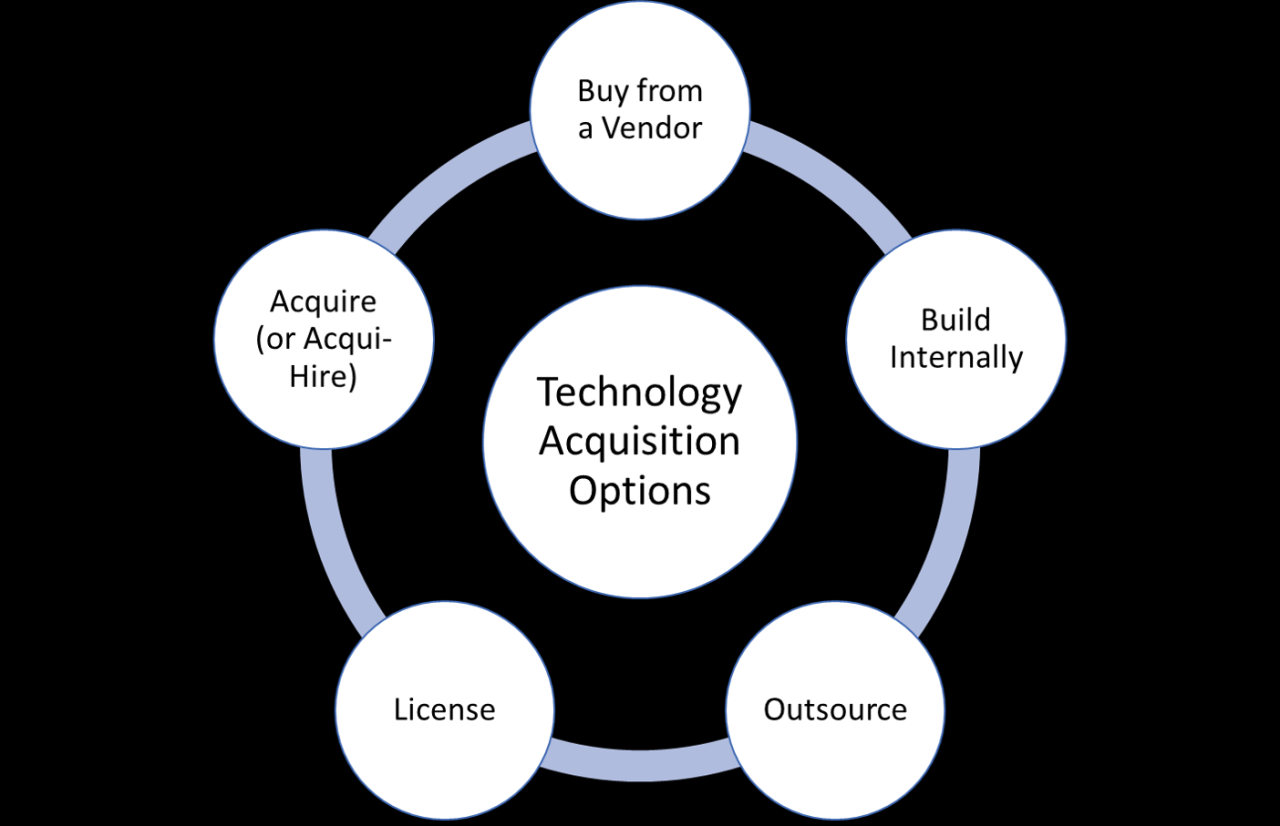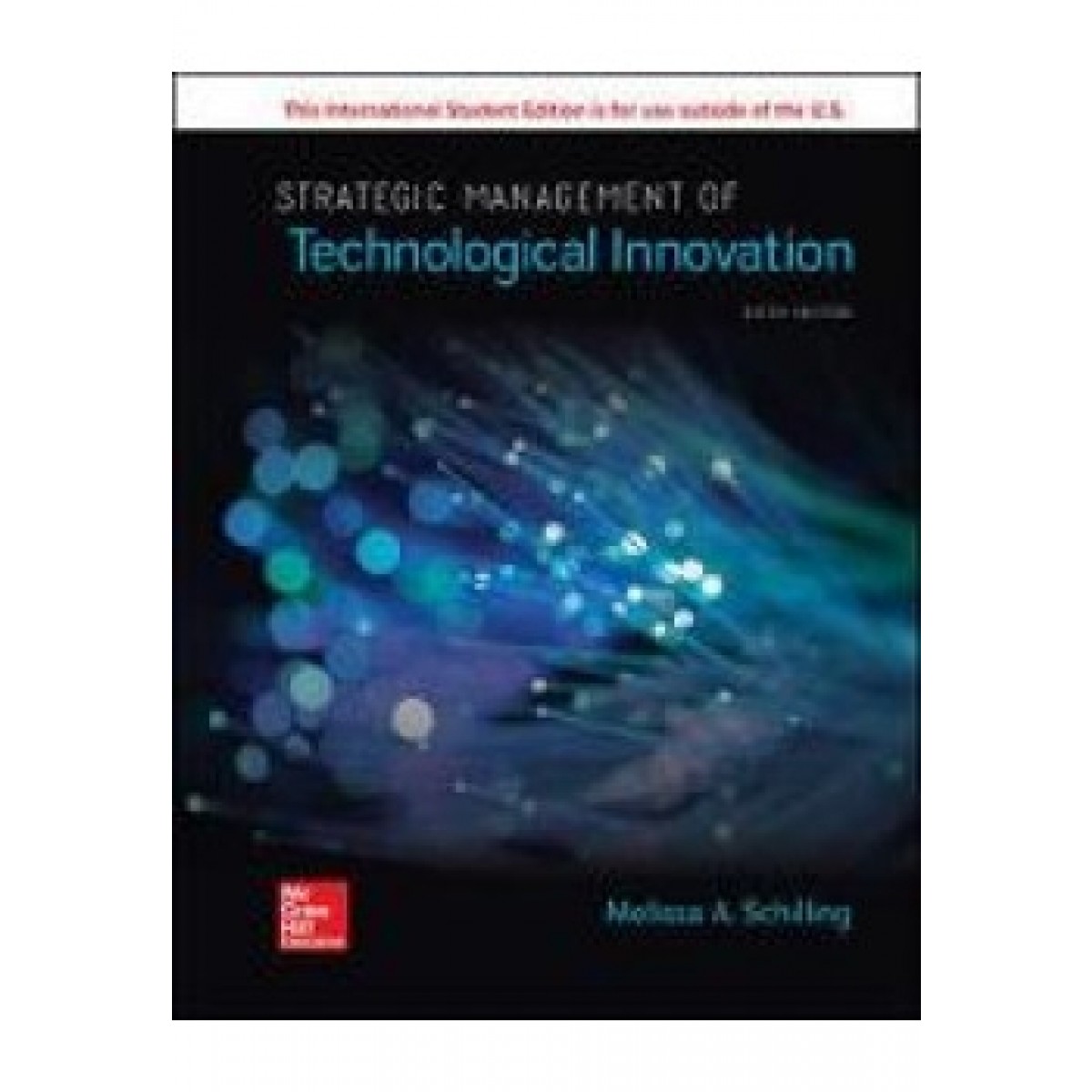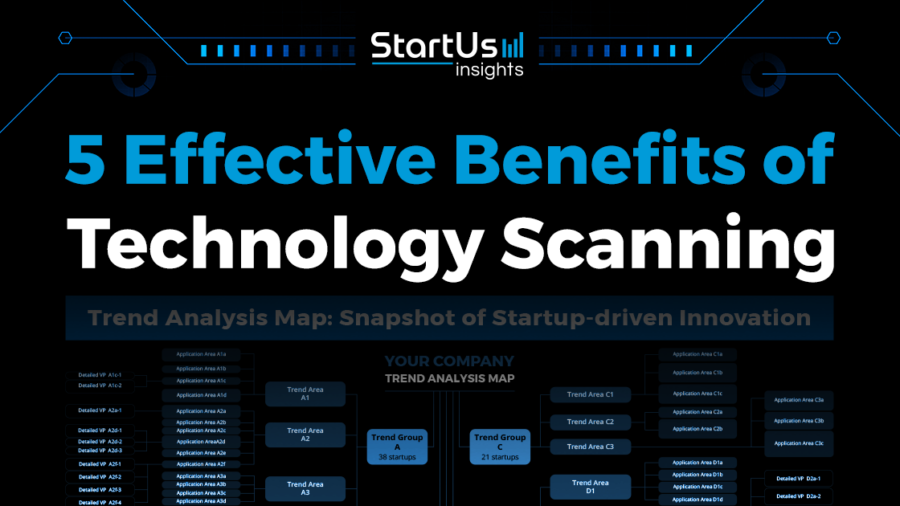Technology Analysis and Strategic Management: A Competitive Edge
Technology analysis and strategic management are crucial for businesses to thrive in today’s rapidly evolving digital landscape. This field explores how organizations can leverage technology to gain a competitive advantage, […]
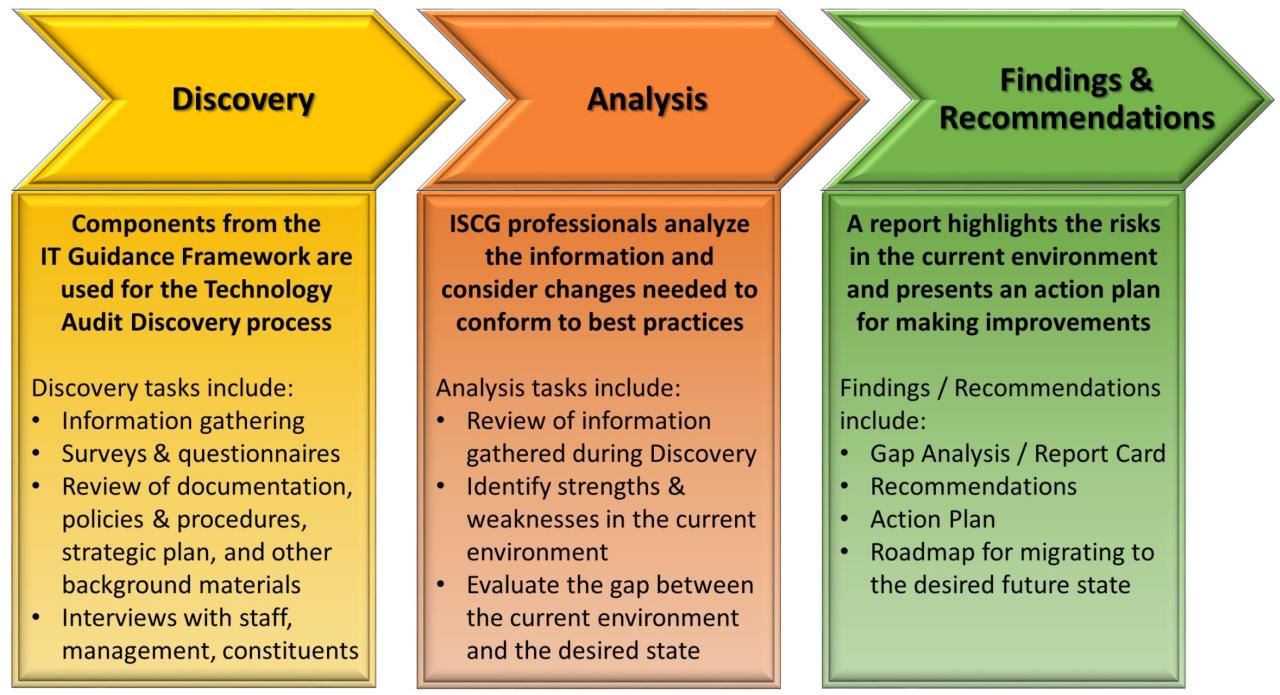
Technology analysis and strategic management are crucial for businesses to thrive in today’s rapidly evolving digital landscape. This field explores how organizations can leverage technology to gain a competitive advantage, navigate emerging trends, and adapt to disruptive forces.
By understanding the interplay between technology and strategy, businesses can make informed decisions about investments, innovation, and organizational change. This involves analyzing the technology landscape, identifying opportunities and risks, and developing a comprehensive roadmap for technology adoption and integration.
The Role of Technology in Strategic Management

Technology has become an indispensable element in modern business strategy. It is no longer just a tool to enhance efficiency but a powerful driver of innovation, growth, and competitive advantage. This section will explore how technology plays a crucial role in shaping strategic decisions and achieving business objectives.
Technology as a Source of Competitive Advantage
Technology can be a potent source of competitive advantage, enabling companies to differentiate themselves from rivals and create value for customers. Here’s how:
- Enhanced Efficiency and Productivity: Technology can automate tasks, streamline processes, and optimize operations, leading to cost savings and increased productivity. For example, implementing Enterprise Resource Planning (ERP) systems can integrate various business functions, improve data visibility, and reduce manual errors.
- Innovation and New Product Development: Technological advancements enable companies to develop innovative products and services, tap into new markets, and create new revenue streams. For instance, the rise of artificial intelligence (AI) has empowered businesses to personalize customer experiences, develop predictive analytics, and create innovative solutions.
- Improved Customer Experience: Technology allows companies to enhance customer interactions, provide personalized services, and build stronger relationships. For example, e-commerce platforms provide customers with convenient shopping experiences, while mobile apps enable real-time communication and support.
- Competitive Differentiation: Companies can leverage technology to differentiate themselves from competitors by offering unique features, services, or customer experiences. For instance, Amazon’s Prime membership program offers exclusive benefits, including free shipping and streaming services, creating a competitive advantage.
Technology Analysis Frameworks
Understanding the technology landscape is crucial for businesses to make informed strategic decisions. Analyzing the current state of technology, identifying emerging trends, and evaluating potential disruptions are essential steps in formulating a successful strategy. This section explores different frameworks used for technology analysis, providing insights into their strengths and weaknesses.
Framework for Analyzing the Technology Landscape
The technology landscape is constantly evolving, presenting both opportunities and challenges for businesses. A comprehensive framework for analyzing the technology landscape should consider various factors, including:
* Technological Trends: Analyzing emerging technologies, their potential impact, and their adoption rates is crucial. For example, the rise of artificial intelligence (AI), cloud computing, and blockchain technologies has significantly impacted various industries.
* Competitive Landscape: Understanding the competitive landscape within a specific industry helps identify key players, their technology strategies, and potential threats. Analyzing the competitive landscape can help businesses identify opportunities for differentiation and innovation.
* Market Dynamics: Examining market trends, customer preferences, and evolving regulations provides insights into the potential demand for specific technologies and the feasibility of new product or service offerings.
* Internal Capabilities: Assessing a company’s internal capabilities, such as technological expertise, infrastructure, and resources, is crucial for determining its ability to leverage emerging technologies and adapt to changing market demands.
SWOT Analysis in Technology
SWOT analysis, a widely used strategic planning tool, can be effectively applied to technology analysis. This framework helps businesses identify their internal strengths and weaknesses and external opportunities and threats related to technology.
Strengths
- Technological Expertise: A company’s in-house technological expertise, including skilled engineers, data scientists, and software developers, can be a significant strength. This expertise allows businesses to develop innovative solutions, optimize processes, and gain a competitive edge.
- Infrastructure: Robust infrastructure, such as secure data centers, high-speed networks, and advanced computing resources, is essential for supporting technological advancements. A strong infrastructure provides a foundation for innovation and growth.
- Data Assets: Access to valuable data and the ability to analyze it effectively can be a significant strength. Data-driven insights can inform decision-making, improve product development, and personalize customer experiences.
- Strong Relationships: Partnerships with technology providers, research institutions, and industry experts can provide access to cutting-edge technologies, valuable insights, and support for innovation.
Weaknesses
- Limited Technological Expertise: A lack of in-house expertise in specific technologies can hinder innovation and limit a company’s ability to adapt to changing market demands.
- Outdated Infrastructure: Legacy systems and outdated infrastructure can create bottlenecks, limit scalability, and increase security risks. Investing in modernizing infrastructure is crucial for remaining competitive.
- Data Silos: Data silos, where information is isolated within different departments or systems, can hinder data analysis and prevent the creation of a holistic view of the business. Breaking down data silos is essential for leveraging data effectively.
- Lack of Agility: Rigid organizational structures and processes can hinder a company’s ability to respond quickly to technological advancements and market changes. Cultivating a culture of agility is essential for success.
Opportunities
- Emerging Technologies: The emergence of new technologies, such as AI, blockchain, and quantum computing, presents opportunities for businesses to innovate, create new products and services, and improve efficiency.
- Market Expansion: Technological advancements can open up new markets and customer segments. Businesses can leverage technology to reach a wider audience, expand their geographical reach, and create new revenue streams.
- Increased Efficiency: Technology can automate processes, improve productivity, and reduce costs. Businesses can leverage technology to streamline operations, enhance customer service, and gain a competitive advantage.
- Improved Customer Experience: Technology can personalize customer experiences, enhance engagement, and build stronger relationships. Businesses can use technology to provide tailored recommendations, improve customer support, and create seamless digital experiences.
Threats
- Disruptive Technologies: New technologies can disrupt existing industries and create new competitors. Businesses need to stay informed about emerging technologies and their potential impact on their industry.
- Cybersecurity Threats: The increasing reliance on technology exposes businesses to cybersecurity threats, such as data breaches and malware attacks. Investing in robust cybersecurity measures is crucial for protecting sensitive data and ensuring business continuity.
- Regulatory Changes: Evolving regulations, such as data privacy laws and cybersecurity standards, can impact a company’s technology strategy. Businesses need to stay abreast of regulatory changes and adapt their practices accordingly.
- Talent Shortages: The demand for skilled technology professionals is high, leading to talent shortages. Businesses need to invest in attracting and retaining top talent to stay competitive.
Comparing Technology Analysis Frameworks
Various frameworks can be used for technology analysis, each with its strengths and weaknesses. Here are some popular frameworks:
Porter’s Five Forces
- Strengths: Provides a comprehensive view of the competitive landscape and identifies key forces influencing industry profitability.
- Weaknesses: Can be complex to apply and may not adequately capture the rapid pace of technological change.
PESTLE Analysis
- Strengths: Considers a broad range of external factors, including political, economic, social, technological, legal, and environmental influences.
- Weaknesses: Can be overwhelming and may not provide specific insights into technology-related opportunities and threats.
Technology Adoption Curve
- Strengths: Provides insights into the adoption patterns of new technologies and identifies different user segments.
- Weaknesses: Can be difficult to predict the timing and rate of adoption, and may not capture all relevant factors influencing technology adoption.
Technology Maturity Curve
- Strengths: Identifies the different stages of technology development and provides a framework for assessing the maturity and potential impact of emerging technologies.
- Weaknesses: May not be suitable for analyzing rapidly evolving technologies and can be difficult to predict the future trajectory of technology development.
Scenario Planning
- Strengths: Allows businesses to explore different future scenarios and develop contingency plans for different potential outcomes.
- Weaknesses: Can be time-consuming and resource-intensive, and may not provide specific guidance for action.
Strategic Technology Planning
A strategic technology plan is a roadmap that Artikels how an organization will leverage technology to achieve its business goals. It’s a critical component of overall strategic planning, ensuring that technology investments align with the organization’s vision, mission, and objectives.
Designing a Strategic Technology Plan
A well-designed strategic technology plan should be aligned with the organization’s overall business strategy. This means understanding the organization’s goals, objectives, and competitive landscape. The plan should also consider the organization’s current technology infrastructure, capabilities, and resources.
- Define business goals and objectives: Start by clearly defining the organization’s business goals and objectives. This includes identifying the desired outcomes and the key performance indicators (KPIs) that will be used to measure success. For example, a business goal could be to increase revenue by 10% in the next year. A technology goal might be to implement a new customer relationship management (CRM) system to improve customer satisfaction and drive sales.
- Conduct a technology assessment: This involves evaluating the organization’s current technology infrastructure, systems, and applications. Identify strengths, weaknesses, opportunities, and threats (SWOT) related to technology. This assessment should also consider the organization’s technological capabilities and the skills of its IT team.
- Identify technology opportunities: Explore emerging technologies and trends that could help the organization achieve its business goals. Consider technologies that can improve efficiency, enhance customer experience, or provide a competitive advantage. For example, a company in the retail industry might explore the use of artificial intelligence (AI) for personalized recommendations and chatbot-based customer support.
- Prioritize technology investments: Once you’ve identified potential technology opportunities, prioritize them based on their potential impact on the organization’s business goals. Consider the cost, complexity, and time required for implementation.
- Develop a technology roadmap: This roadmap Artikels the specific steps that will be taken to implement the chosen technologies. It should include timelines, milestones, and resource requirements.
- Secure leadership buy-in: To ensure successful implementation, it’s crucial to secure buy-in from senior management. This involves clearly communicating the benefits of the strategic technology plan and addressing any concerns.
Identifying and Prioritizing Technology Investments
The process of identifying and prioritizing technology investments should be data-driven and aligned with the organization’s overall strategic goals.
- Conduct a cost-benefit analysis: Evaluate the potential benefits of each technology investment against its associated costs. Consider factors such as return on investment (ROI), payback period, and the impact on revenue and efficiency.
- Assess risk: Identify and evaluate the potential risks associated with each technology investment. Consider factors such as implementation complexity, security vulnerabilities, and the potential for disruption to existing systems.
- Consider the organization’s capacity: Ensure that the organization has the necessary resources, skills, and infrastructure to implement and support the chosen technologies.
- Use a prioritization framework: Implement a framework to prioritize technology investments based on factors such as urgency, impact, and feasibility. One popular framework is the MoSCoW method (Must Have, Should Have, Could Have, Won’t Have).
Creating a Technology Implementation Roadmap
A comprehensive technology implementation roadmap is essential for successful adoption and realization of the benefits of the strategic technology plan.
- Define clear objectives: Clearly define the objectives for each technology implementation project. This includes specific goals, timelines, and success metrics.
- Develop a detailed implementation plan: This plan should Artikel the specific steps involved in implementing the technology, including timelines, resource requirements, and responsibilities.
- Establish communication channels: Create clear communication channels to keep stakeholders informed about the progress of the implementation. This includes regular updates, status reports, and feedback mechanisms.
- Conduct pilot testing: Before full-scale implementation, conduct pilot testing to identify and address potential issues. This helps ensure a smooth transition and minimize disruptions to operations.
- Provide training and support: Ensure that employees are adequately trained on how to use the new technology. Provide ongoing support and resources to address any challenges or questions.
- Monitor and evaluate progress: Regularly monitor the progress of the implementation and track the achievement of objectives. Evaluate the effectiveness of the technology and make adjustments as needed.
Managing Technology Risks
Technology adoption, while offering immense potential for growth and competitive advantage, also presents a spectrum of risks that organizations must carefully consider and manage. Failure to address these risks can lead to significant financial losses, reputational damage, and even legal consequences. This section delves into the identification, assessment, and mitigation of technology risks, emphasizing the critical role of cybersecurity in strategic technology management.
Identifying and Assessing Technology Risks
Understanding the potential risks associated with technology adoption is the first step in effective risk management. Organizations must conduct a thorough assessment to identify and prioritize risks based on their likelihood and impact. A comprehensive risk assessment should consider various factors, including:
- Technology Obsolescence: Rapid advancements in technology can render existing systems outdated, requiring costly upgrades or replacements. This risk is particularly relevant for organizations relying on legacy systems.
- Cybersecurity Threats: Data breaches, malware attacks, and other cyber threats pose significant risks to organizational data, systems, and reputation. These threats can disrupt operations, lead to financial losses, and erode customer trust.
- Integration Challenges: Integrating new technologies with existing systems can be complex and time-consuming, potentially leading to compatibility issues, performance bottlenecks, and increased operational costs.
- Vendor Dependence: Relying heavily on a single vendor for technology solutions can create risks related to price fluctuations, vendor lock-in, and potential disruptions in service.
- Regulatory Compliance: Technology adoption must comply with evolving regulations, such as data privacy laws and cybersecurity standards. Failure to comply can result in fines and penalties.
Developing Strategies for Mitigating Technology Risks
Once technology risks have been identified and assessed, organizations can develop strategies to mitigate these risks. Effective mitigation strategies typically involve a combination of preventive measures, control mechanisms, and contingency plans. Some common approaches include:
- Technology Due Diligence: Thoroughly researching and evaluating technology solutions before adoption, considering factors like vendor reputation, security features, and compatibility with existing systems.
- Security Investments: Implementing robust cybersecurity measures, including firewalls, intrusion detection systems, and employee training programs, to protect against cyber threats.
- Risk Transfer: Utilizing insurance policies to transfer some of the financial risks associated with technology failures, such as cyber liability insurance.
- Contingency Planning: Developing backup plans and disaster recovery strategies to minimize the impact of technology disruptions, such as data backups and business continuity plans.
- Regular Audits and Assessments: Conducting periodic audits and assessments of technology systems and processes to identify vulnerabilities and ensure compliance with security standards.
The Importance of Cybersecurity in Strategic Technology Management
Cybersecurity has become an integral part of strategic technology management, as organizations increasingly rely on technology for critical business operations. A robust cybersecurity framework is essential to protect sensitive data, maintain operational continuity, and safeguard the organization’s reputation. Key aspects of cybersecurity in strategic technology management include:
- Data Protection: Implementing measures to protect sensitive data from unauthorized access, use, disclosure, alteration, or destruction, such as encryption, access controls, and data loss prevention tools.
- Threat Intelligence: Monitoring and analyzing emerging cyber threats to anticipate and respond effectively to potential attacks, using threat intelligence platforms and security research.
- Incident Response: Establishing procedures and protocols for responding to cybersecurity incidents, including incident detection, containment, and recovery, to minimize damage and ensure rapid restoration of operations.
- Employee Training and Awareness: Educating employees about cybersecurity best practices, such as strong password management, phishing awareness, and safe browsing habits, to prevent accidental breaches and phishing attacks.
- Continuous Improvement: Regularly reviewing and updating cybersecurity policies, procedures, and technologies to stay ahead of evolving threats and maintain a robust security posture.
Technology and Innovation
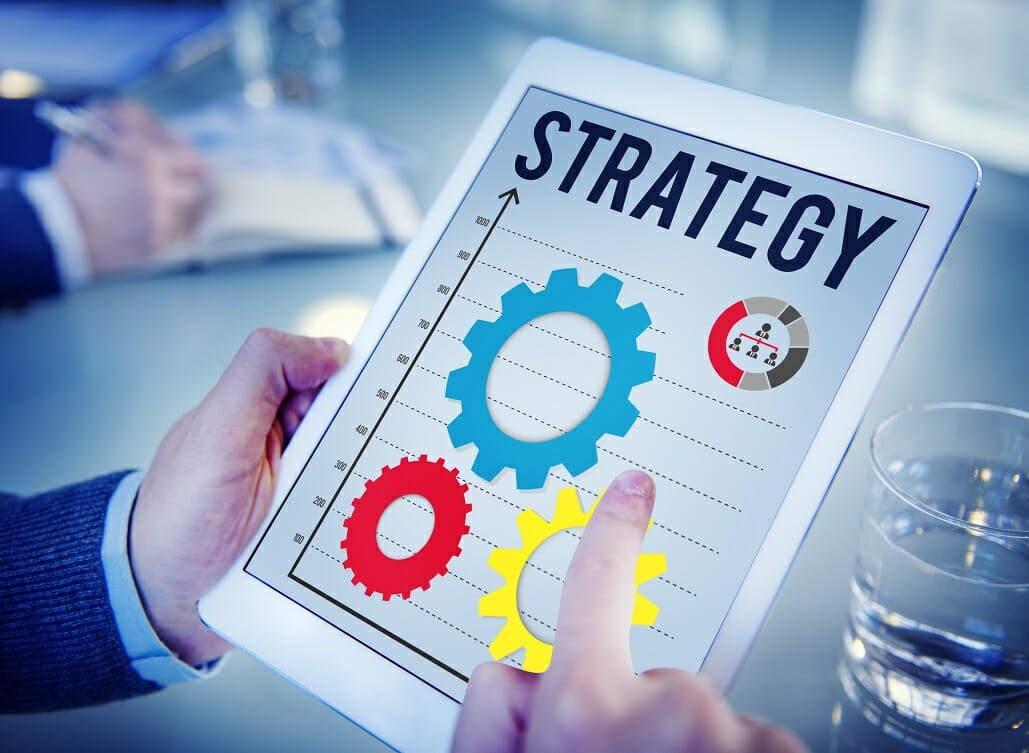
Technology plays a pivotal role in driving innovation, shaping how businesses operate and interact with their customers. Innovation is the process of creating something new or improving an existing product, process, or service. Technology is a key driver of innovation, enabling businesses to develop new products and services, improve existing ones, and reach new markets.
The Role of Technology in Driving Innovation
Technology empowers innovation by providing tools and resources that were previously unavailable.
- Enhanced Productivity and Efficiency: Technology automates tasks, streamlines processes, and improves productivity, allowing businesses to focus on more strategic initiatives. For example, automation in manufacturing has led to increased production output and reduced costs.
- New Product and Service Development: Technology enables the creation of entirely new products and services that were previously unimaginable. For example, the development of smartphones and the internet has led to a surge in mobile apps and online services.
- Improved Customer Experience: Technology can personalize customer experiences, provide real-time support, and gather valuable customer insights. For example, e-commerce platforms use data analytics to provide personalized recommendations and targeted marketing campaigns.
- Increased Accessibility and Reach: Technology expands businesses’ reach to new markets and customers. For example, social media platforms allow businesses to connect with a global audience and e-commerce platforms enable businesses to sell products and services to customers worldwide.
Disruptive Technologies and Business Models
Disruptive technologies are innovations that create new markets and value networks, eventually displacing established market leaders and products. They challenge existing business models and force companies to adapt or risk being left behind.
- Examples of Disruptive Technologies:
- The internet: The internet disrupted traditional media, communication, and commerce, leading to the rise of online retailers, social media platforms, and streaming services.
- Mobile computing: Smartphones and tablets disrupted traditional desktop computing, leading to the development of mobile apps and services.
- Artificial intelligence (AI): AI is disrupting various industries, including healthcare, finance, and transportation, by automating tasks, improving decision-making, and creating new products and services.
- Cloud computing: Cloud computing has disrupted traditional IT infrastructure, allowing businesses to access computing resources on demand, reducing costs and increasing flexibility.
- Impact on Business Models: Disruptive technologies can force businesses to rethink their core competencies, value propositions, and business models. For example, traditional taxi companies faced disruption from ride-sharing services like Uber and Lyft, which offered a more convenient and affordable alternative.
- Strategies for Responding to Disruptive Technologies: Businesses can respond to disruptive technologies by:
- Embrace innovation: Investing in research and development, exploring new technologies, and developing innovative products and services.
- Adapt business models: Adjusting business models to meet the changing needs of customers and markets.
- Partner with disruptors: Collaborating with disruptive companies to leverage their expertise and technology.
Examples of Successful Technology-Driven Innovation
- Amazon: Amazon’s success is driven by its use of technology to innovate in areas such as e-commerce, cloud computing (AWS), and logistics. Amazon’s platform connects sellers and buyers, its cloud computing services provide businesses with scalable and reliable infrastructure, and its logistics network delivers products efficiently to customers worldwide.
- Tesla: Tesla has revolutionized the automotive industry with its electric vehicles and autonomous driving technology. Tesla’s commitment to innovation has positioned it as a leader in the electric vehicle market and a driving force in the development of self-driving cars.
- Netflix: Netflix disrupted the traditional entertainment industry with its streaming service, offering subscribers access to a vast library of movies and TV shows on demand. Netflix’s success is driven by its use of technology to personalize recommendations, optimize content delivery, and create original programming.
Technology and Organizational Change
Technology is a powerful driver of organizational change, influencing everything from how work is done to the structure of the organization itself. This section explores how technology facilitates change, the challenges and opportunities it presents, and strategies for managing the process effectively.
Facilitating Organizational Change
Technology can facilitate organizational change in several ways.
- Automation: Automating repetitive tasks frees up employees to focus on more strategic and creative work. This can lead to increased efficiency, productivity, and innovation.
- Communication and Collaboration: Technology enables real-time communication and collaboration across geographical boundaries, breaking down silos and fostering a more connected workforce. This can improve decision-making, accelerate innovation, and enhance overall organizational performance.
- Data Analysis and Insights: Technology provides tools for collecting, analyzing, and interpreting vast amounts of data, enabling organizations to make data-driven decisions and gain valuable insights into customer behavior, market trends, and operational performance.
- New Business Models: Technology enables organizations to develop new business models and enter new markets. For example, e-commerce platforms have revolutionized the retail industry, while ride-sharing services have disrupted the traditional transportation sector.
Challenges of Technology-Driven Change
While technology offers significant opportunities, it also presents challenges for organizations.
- Resistance to Change: Employees may resist change, particularly if they perceive it as a threat to their jobs, skills, or comfort zones. Overcoming resistance requires clear communication, effective training, and a focus on employee well-being.
- Technological Complexity: Implementing and managing new technologies can be complex and require specialized skills. Organizations need to invest in training and development programs to ensure their workforce is equipped to manage and leverage these technologies effectively.
- Data Security and Privacy: The increasing reliance on technology raises concerns about data security and privacy. Organizations need to implement robust security measures and adhere to relevant regulations to protect sensitive information.
- Ethical Considerations: The use of technology raises ethical considerations, such as the potential for job displacement, bias in algorithms, and the misuse of data. Organizations need to develop clear ethical guidelines and ensure that technology is used responsibly.
Opportunities of Technology-Driven Change, Technology analysis and strategic management
Technology-driven change also presents significant opportunities for organizations.
- Increased Efficiency and Productivity: By automating tasks and streamlining processes, technology can lead to increased efficiency and productivity, allowing organizations to achieve more with fewer resources.
- Enhanced Innovation: Technology provides tools and platforms for fostering innovation, enabling organizations to develop new products, services, and business models. This can lead to a competitive advantage in the marketplace.
- Improved Customer Experience: Technology can be used to personalize customer experiences, provide real-time support, and gather valuable customer feedback. This can enhance customer satisfaction and loyalty.
- New Revenue Streams: Technology enables organizations to develop new revenue streams, such as subscription-based services, digital advertising, and data analytics.
Managing Organizational Change
Managing organizational change in the context of technology adoption requires a strategic and comprehensive approach.
- Clear Vision and Communication: Establish a clear vision for the change and communicate it effectively to all stakeholders. This includes outlining the benefits of the change, addressing potential concerns, and providing regular updates on progress.
- Employee Engagement and Training: Involve employees in the change process and provide them with the necessary training and support to adapt to new technologies and ways of working. This can help to build buy-in and reduce resistance.
- Phased Implementation: Implement changes in phases to minimize disruption and allow employees to adjust gradually. This approach also allows for feedback and adjustments along the way.
- Leadership Support: Strong leadership support is crucial for successful change management. Leaders need to champion the change, provide resources, and hold teams accountable for achieving desired outcomes.
- Continuous Monitoring and Evaluation: Monitor the impact of the change and make adjustments as needed. This includes assessing the effectiveness of the new technologies, identifying areas for improvement, and celebrating successes.
The Future of Technology in Strategic Management
The convergence of emerging technologies is poised to fundamentally reshape the landscape of business strategy. Understanding the implications of these advancements is crucial for organizations to remain competitive and thrive in the future. This section explores the impact of emerging technologies, particularly artificial intelligence and machine learning, on strategic decision-making, and Artikels how organizations can prepare for the evolving technological landscape.
Impact of Emerging Technologies on Business
Emerging technologies, such as artificial intelligence (AI), machine learning (ML), blockchain, and the Internet of Things (IoT), are expected to have a profound impact on businesses across all industries. These technologies will enable organizations to automate processes, enhance efficiency, personalize customer experiences, and gain valuable insights from data.
- AI and ML for Automation: AI and ML will automate repetitive tasks, freeing up human resources for more strategic activities. This automation will lead to increased productivity and cost savings. For example, in manufacturing, AI-powered robots can perform tasks like assembly and quality control, reducing the need for human labor.
- Enhanced Efficiency: Emerging technologies will optimize processes and workflows, leading to significant efficiency gains. For instance, blockchain technology can streamline supply chain management by providing a secure and transparent record of transactions.
- Personalized Customer Experiences: AI and ML will enable businesses to personalize customer experiences by analyzing data and predicting preferences. This will lead to increased customer satisfaction and loyalty. For example, e-commerce platforms can use AI to recommend products based on individual browsing history and purchase patterns.
- Data-Driven Insights: Emerging technologies will provide organizations with access to real-time data and powerful analytical tools. This will enable businesses to make data-driven decisions and gain a competitive edge. For example, financial institutions can use AI to detect fraudulent transactions and identify investment opportunities.
Artificial Intelligence and Machine Learning in Strategic Decision-Making
AI and ML are transforming strategic decision-making by providing insights and recommendations based on vast amounts of data. They can analyze complex scenarios, identify patterns, and predict outcomes, empowering leaders to make more informed and strategic decisions.
- Predictive Analytics: AI and ML algorithms can analyze historical data and identify trends to predict future outcomes. This information can be used to make informed decisions about product development, marketing campaigns, and resource allocation. For example, a retail company can use predictive analytics to forecast demand for specific products and adjust inventory levels accordingly.
- Scenario Planning: AI can simulate different scenarios and assess potential risks and opportunities. This enables organizations to develop contingency plans and make more informed decisions in uncertain environments. For example, a financial institution can use AI to model different economic scenarios and assess the impact on its investment portfolio.
- Decision Optimization: AI can optimize decisions by considering multiple factors and constraints. This can lead to more efficient resource allocation, improved profitability, and better outcomes. For example, a logistics company can use AI to optimize delivery routes and reduce transportation costs.
Preparing for the Evolving Technological Landscape
Organizations need to proactively prepare for the evolving technological landscape to remain competitive. This involves embracing new technologies, developing a culture of innovation, and investing in the skills and expertise necessary to leverage these advancements.
- Embrace New Technologies: Organizations should be open to adopting new technologies and exploring their potential applications. This requires a willingness to experiment and adapt to change. For example, a manufacturing company could invest in AI-powered robots to automate tasks and improve efficiency.
- Develop a Culture of Innovation: Fostering a culture of innovation is crucial for organizations to remain agile and responsive to technological advancements. This involves encouraging experimentation, rewarding creativity, and promoting collaboration across teams. For example, a software company could establish a dedicated innovation lab where employees can experiment with new technologies and develop prototypes.
- Invest in Skills and Expertise: Organizations need to invest in developing the skills and expertise necessary to leverage emerging technologies. This includes training employees in data science, AI, and ML. For example, a financial institution could offer training programs to help its employees understand how to use AI to analyze financial data and make investment decisions.
Summary: Technology Analysis And Strategic Management
Mastering technology analysis and strategic management is essential for businesses to succeed in the digital age. By embracing a proactive approach to technology, organizations can unlock new opportunities, mitigate risks, and position themselves for long-term growth and sustainability. As technology continues to evolve at an unprecedented pace, the ability to adapt, innovate, and leverage technology for strategic advantage will be critical for navigating the future of business.
Technology analysis and strategic management are crucial for any organization looking to stay ahead in the ever-evolving digital landscape. A key aspect of this involves understanding the talent pool available, particularly in key technology hubs. If you’re looking for exciting opportunities in the tech industry, consider exploring the vibrant scene in St.
Louis, where you can find a wide range of technology jobs st louis across various sectors. By leveraging technology analysis and strategic management principles, organizations can effectively navigate the competitive landscape and capitalize on the immense potential offered by the tech talent in St.
Louis.
